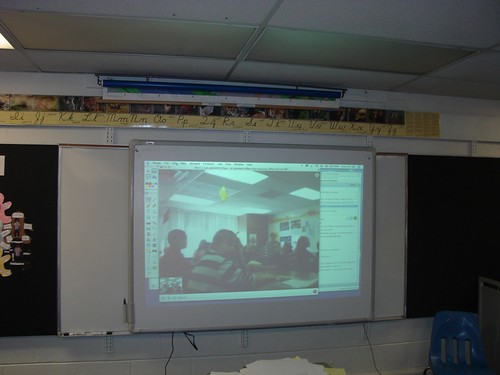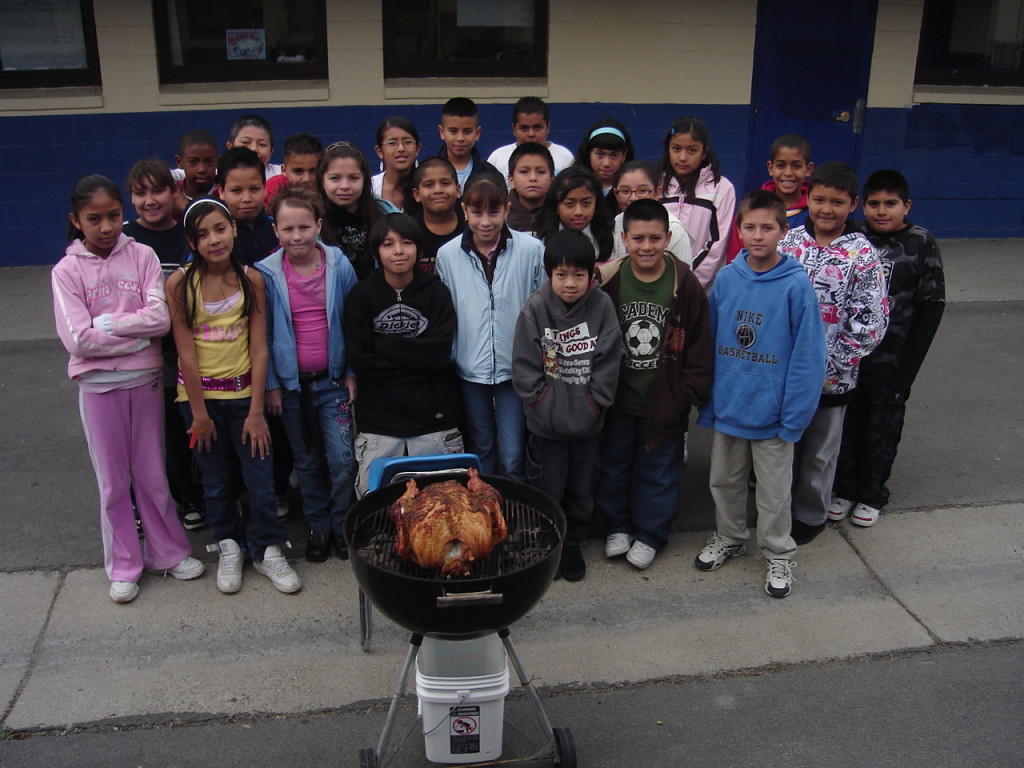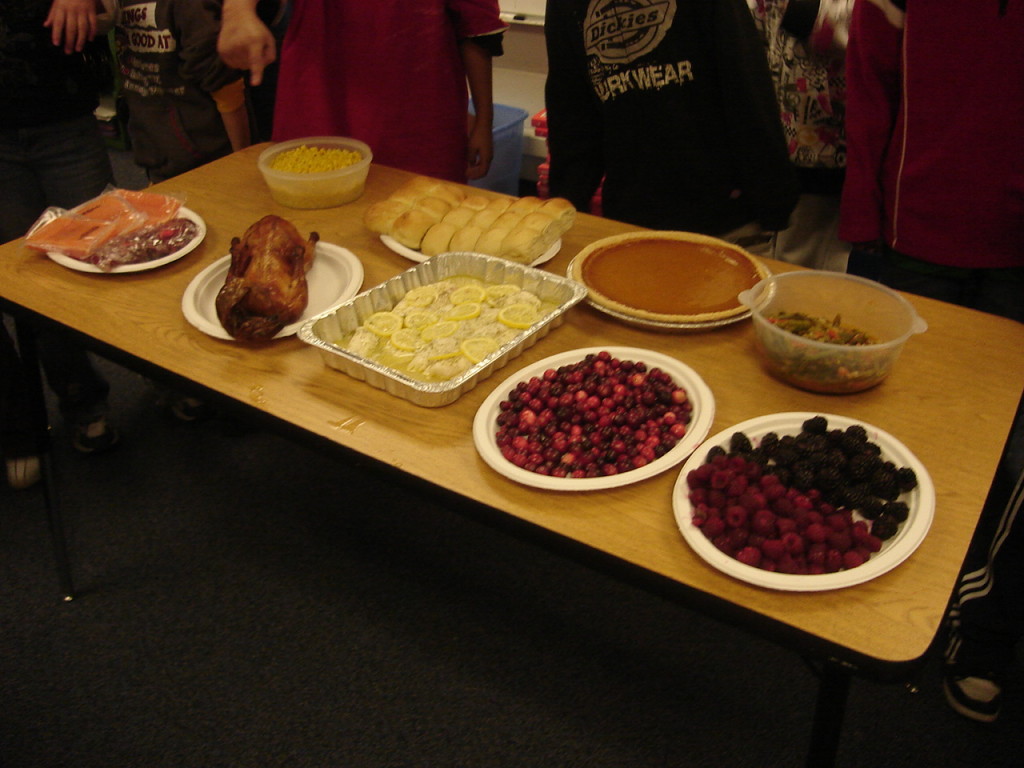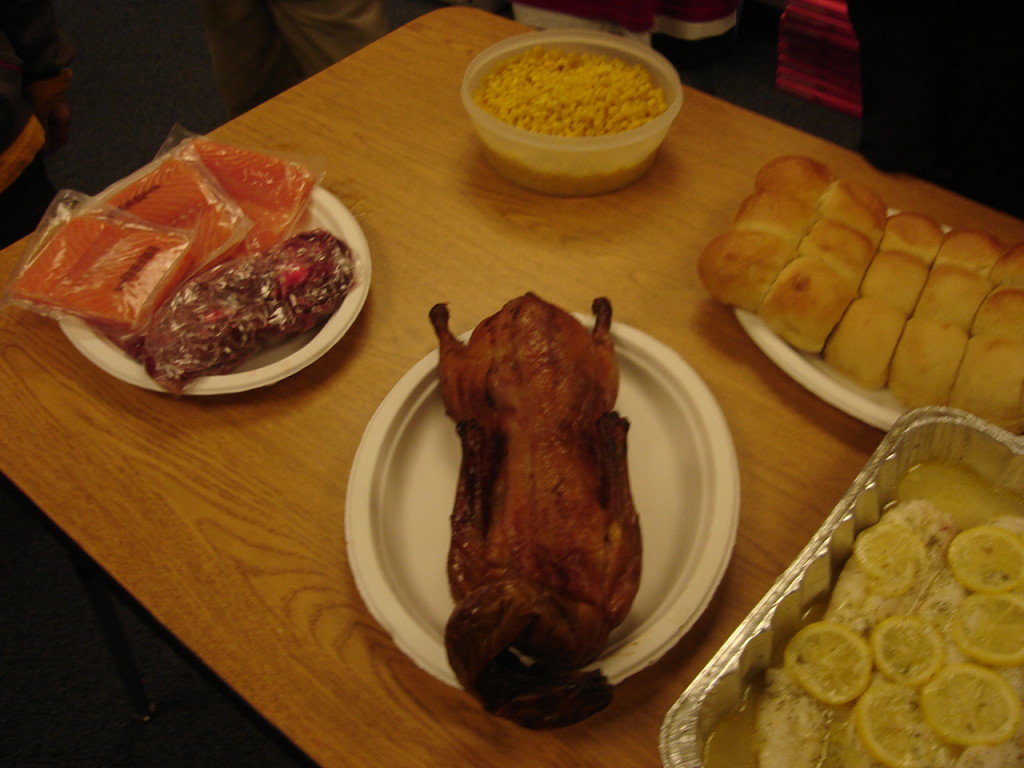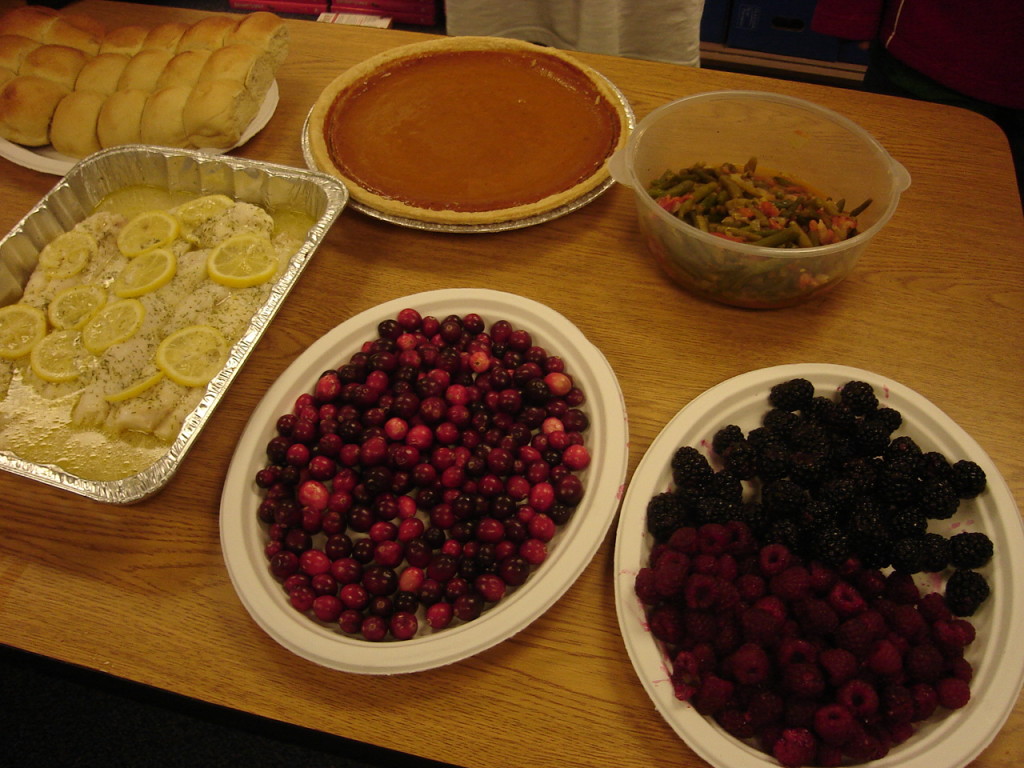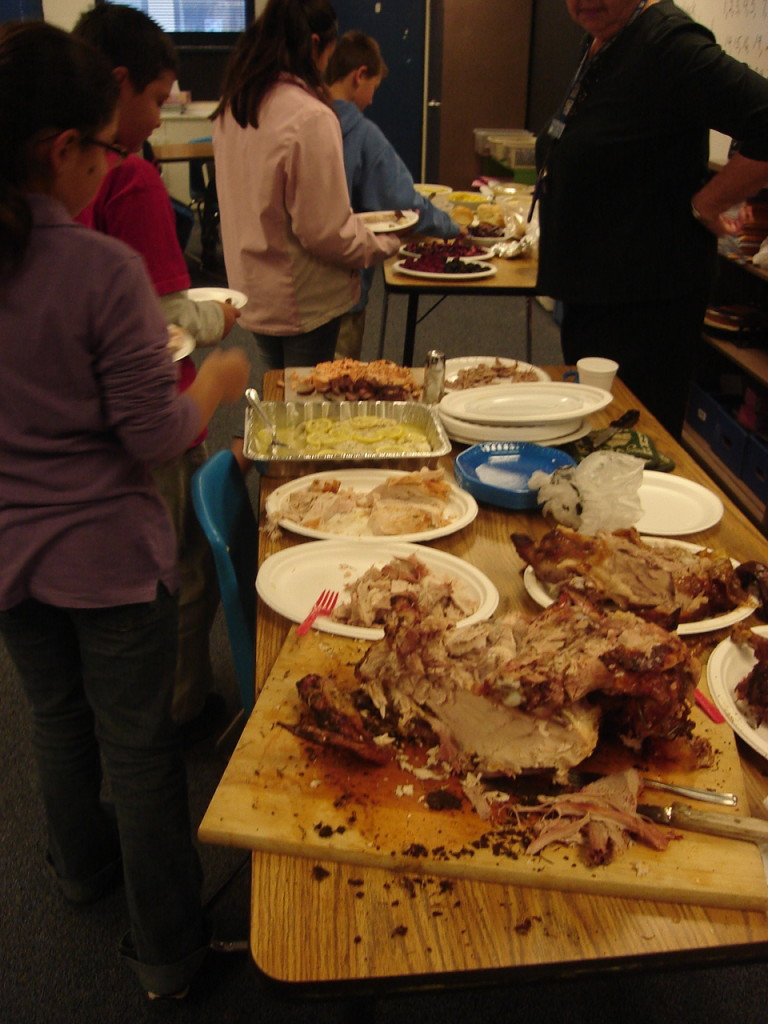I have mentioned several times that one of my goals this year is to get my students to blog about their learning. So far we have written mainly essays and personal narrative pieces for several reasons – one being the writing test is in that genre and I wanted them to have as much experience as possible with it. Additionally, while we have been learning how to blog and honing our editing skills and becoming at least somewhat “comfortable” as writers I didn’t want to muck around with things too much.
So now my students blog with ease (mostly) and I can change things up on them some. I really want to get them to the point where they can discuss their learning through their blogs. Last week we began studying space, stars and the solar system. I had them take some notes about a lesson and turn them into a written piece. Well … some did pretty well, but many had drawn false conclusions, confused their facts and several other “first time” errors. We have been using these “messy mistakes” to explore how to use data and facts in our writing both accurately and creatively so they are not too dry. The earlier work we’ve done on more “creative” type essays and the like helped out here because they had experience describing and “showing not telling” in their writing (“Telling” is “The boy was scared.” Versus – “Showing” “His eyes were focused on the bear’s sharp teeth and he felt his heart pounding.”) they did generally well on that part.
We displayed anonymous examples from their work up on the ActivBoard and discussed them and then let them find their own similar errors. They did much better right away, but we will have to do at least several more lessons just like this so they have time to practice and internalize their learning.
Typically, they backslid on their editing and that gave us a chance to talk about what happens when you lose focus and aren’t careful. Some of them have posted these early attempts (here, here and here) and the rest should post by the end of the week. These 3 examples are all from bilingual 5th grade students.
Learning is messy.
Blogged with Flock

